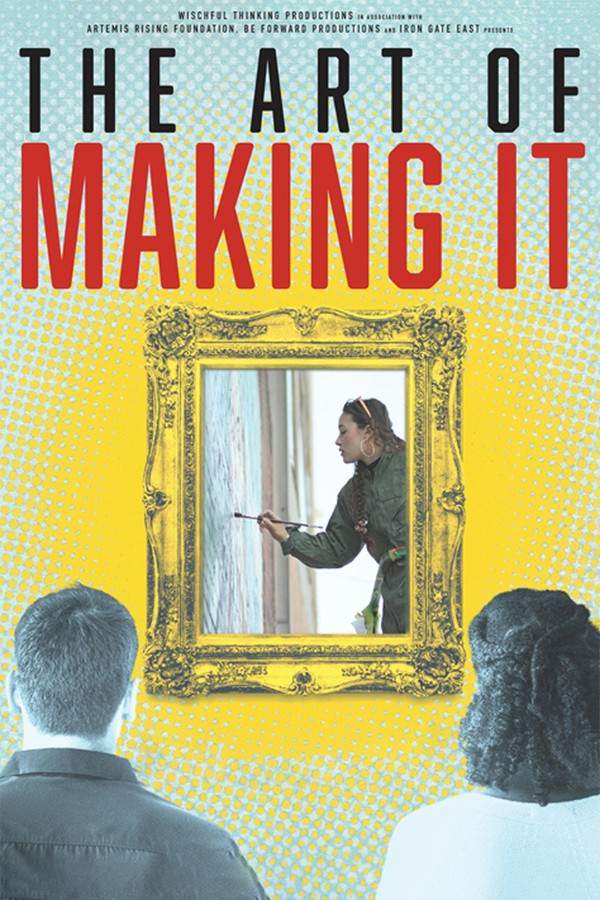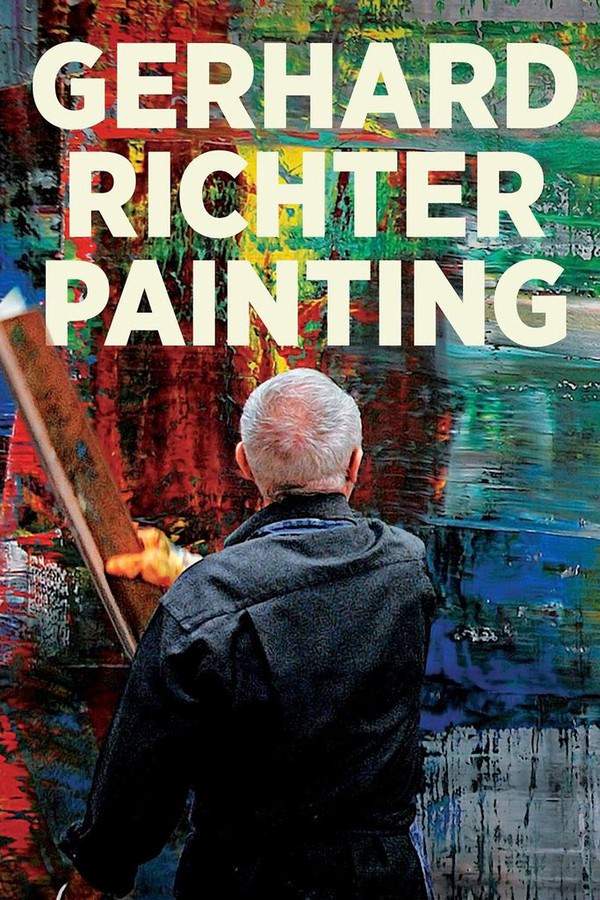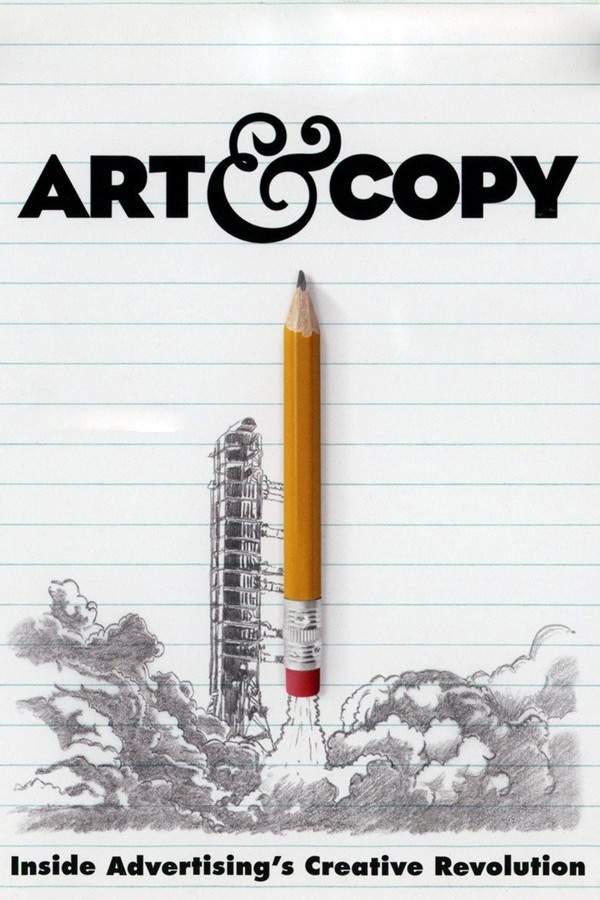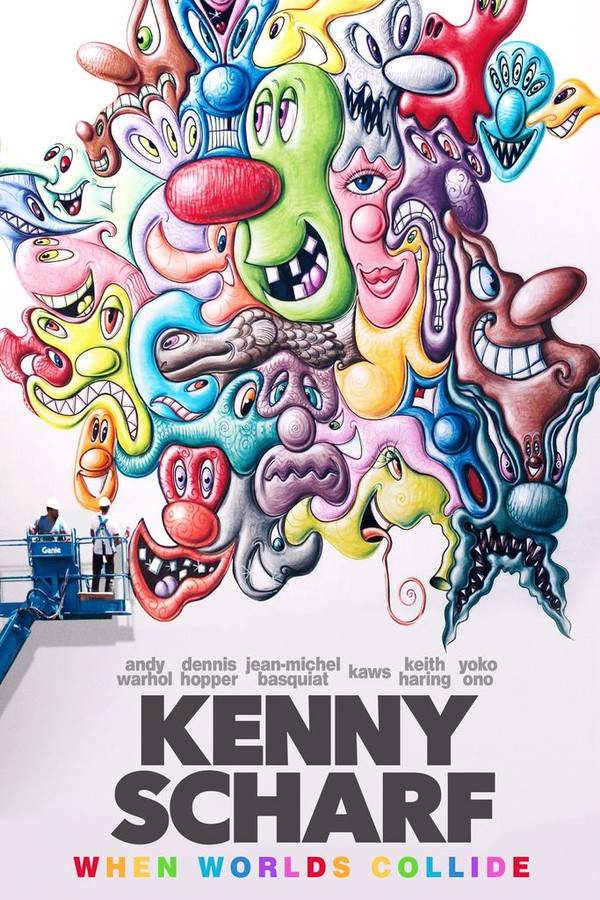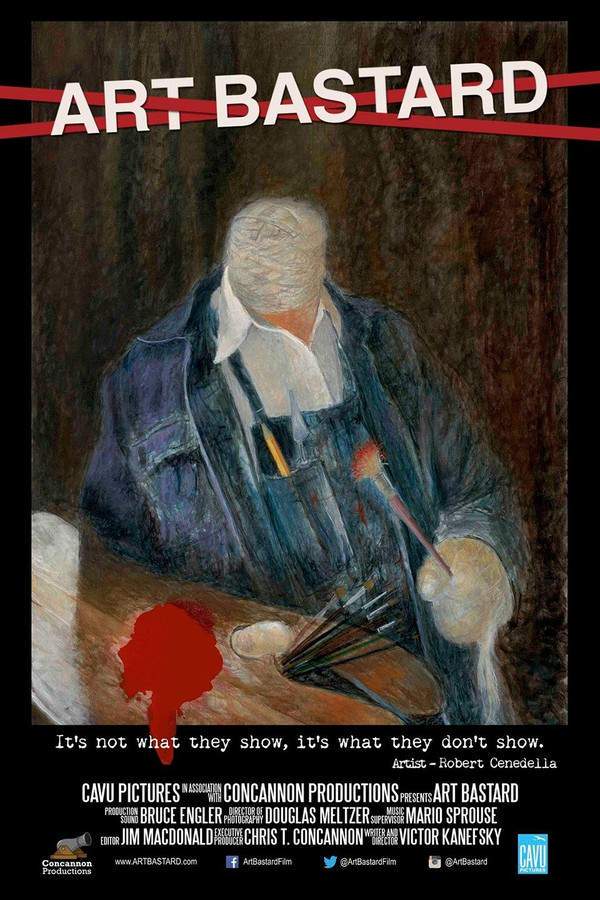Who Gets to Call It Art? 2006
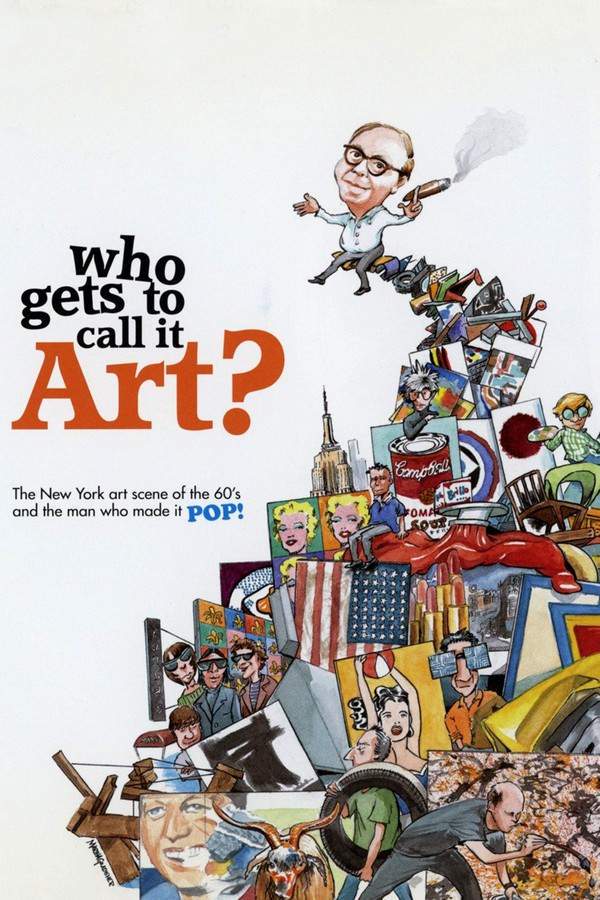
This documentary explores the career of Henry Geldzahler, a pivotal figure who challenged artistic conventions and championed the rise of Pop Art. The film follows his journey from curating a groundbreaking exhibition at the Metropolitan Museum of Art to passionately advocating for the recognition of artists like Andy Warhol and Roy Lichtenstein within the broader cultural landscape. It examines his impact on the art world and his role in reshaping perceptions of what constitutes art.
Does Who Gets to Call It Art? have end credit scenes?
No!
Who Gets to Call It Art? does not have end credit scenes. You can leave when the credits roll.
Meet the Full Cast and Actors of Who Gets to Call It Art?
Explore the complete cast of Who Gets to Call It Art?, including both lead and supporting actors. Learn who plays each character, discover their past roles and achievements, and find out what makes this ensemble cast stand out in the world of film and television.
No actors found
External Links and Streaming Options
Discover where to watch Who Gets to Call It Art? online, including streaming platforms, rental options, and official sources. Compare reviews, ratings, and in-depth movie information across sites like IMDb, TMDb, Rotten Tomatoes or Metacritic.
Ratings and Reviews for Who Gets to Call It Art?
See how Who Gets to Call It Art? is rated across major platforms like IMDb, Metacritic, and TMDb. Compare audience scores and critic reviews to understand where Who Gets to Call It Art? stands among top-rated movies in its genre.

70
Metascore
tbd
User Score


%
TOMATOMETER

0%
User Score

6.9 /10
IMDb Rating
Take the Ultimate Who Gets to Call It Art? Movie Quiz
Challenge your knowledge of Who Gets to Call It Art? with this fun and interactive movie quiz. Test yourself on key plot points, iconic characters, hidden details, and memorable moments to see how well you really know the film.
Art Revolution in the 1960s: Test your knowledge about the vibrant New York art scene of the 1960s as portrayed in 'Who Gets to Call It Art?'
Who is the main character in the film?
Henry Geldzahler
Jackson Pollock
Dennis Hopper
Jack Kerouac
Show hint
Full Plot Summary and Ending Explained for Who Gets to Call It Art?
Read the complete plot summary of Who Gets to Call It Art?, including all major events, twists, and the full ending explained in detail. Explore key characters, themes, hidden meanings, and everything you need to understand the story from beginning to end.
A captivating journey through the vibrant 1960s downtown New York art scene unfolds, narrated by the iconic Metropolitan Museum of Art curator, Henry Geldzahler. The film kicks off with an engaging montage that encapsulates the essence of early 60s New York City. It highlights the explosion of creativity in advertising design and the beloved artists’ haven known as the Cedar Bar, a sanctuary for artists seeking refuge from the chill of the night. Figures like Jack Kerouac, Dennis Hopper, and Jackson Pollock are integrated into this rich tapestry, creating a dynamic community of creatives reminiscent of Paris in the early half of the century.
As Henry Geldzahler, a bright art historian freshly graduated from both Yale and Harvard, enters the New York art scene in the year of JFK’s election, the atmosphere is one of optimism and excitement. These were transformative times when artists, residing in affordable downtown lofts, began to liberate themselves from European influences and Abstract Expressionism, paving the way for something entirely new and authentically American.
The 60s became synonymous with experimentation and the questioning of norms, as the avant-garde thrived amidst openings, happenings, and parties, merging social life with the art world. Young, intelligent voices, from Beat poets to iconic figures like James Dean, emerged alongside innovative films, modern appliances, and cutting-edge product design in advertising. With low rents and a vibrant street lifestyle fostering creativity, anyone could dive into artistic pursuits, and Henry Geldzahler quickly established himself as a prominent figure in the downtown scene.
By 1970, having been the curator of contemporary art at The Metropolitan Museum of Art since 1962, Henry Geldzahler orchestrated an unprecedented exhibition titled New York Painting and Sculpture 1940-1970. This groundbreaking show, which spanned the museum’s 18th and 19th-century galleries, featured over 400 works by living American artists, including notable names like Chamberlain, Di Suvero, Flavin, Frankenthaler, Johns, Kelly, Kline, Noland, Oldenberg, Olitsky, Pollock, Poons, Rauschenberg, Rothko, Lichtenstein, Motherwell, Newman, Segal, Stella, and Warhol.
This centennial exhibition not only redefined the museum’s commitment to contemporary art but also attracted a new audience eager to engage with modern pieces. With his bold vision, Henry Geldzahler offered American art its much-deserved stamp of approval, affirming that it was not merely commendable, but profoundly significant and a wise investment for the future.
Uncover the Details: Timeline, Characters, Themes, and Beyond!

Coming soon on iOS and Android
The Plot Explained Mobile App
From blockbusters to hidden gems — dive into movie stories anytime, anywhere. Save your favorites, discover plots faster, and never miss a twist again.
Sign up to be the first to know when we launch. Your email stays private — always.
Discover Film Music Concerts Near You – Live Orchestras Performing Iconic Movie Soundtracks
Immerse yourself in the magic of cinema with live orchestral performances of your favorite film scores. From sweeping Hollywood blockbusters and animated classics to epic fantasy soundtracks, our curated listings connect you to upcoming film music events worldwide.
Explore concert film screenings paired with full orchestra concerts, read detailed event information, and secure your tickets for unforgettable evenings celebrating legendary composers like John Williams, Hans Zimmer, and more.


Who Gets to Call It Art? Themes and Keywords
Discover the central themes, ideas, and keywords that define the movie’s story, tone, and message. Analyze the film’s deeper meanings, genre influences, and recurring concepts.

Unlock the World of Movies with Our Comprehensive Wiki
Dive into our Movie Wiki for in-depth film encyclopedia entries, including cast biographies, production trivia, plot synopses, behind-the-scenes facts, and thematic analyses. Whether you’re researching iconic directors, exploring genre histories, or discovering hidden easter eggs, our expertly curated movie database has everything you need to fuel your cinematic passion.

Similar Movies To Who Gets to Call It Art? You Should Know About
Browse a curated list of movies similar in genre, tone, characters, or story structure. Discover new titles like the one you're watching, perfect for fans of related plots, vibes, or cinematic styles.
Quick Links: Summary, Cast, Ratings, More

What's After the Movie?
Not sure whether to stay after the credits? Find out!
Explore Our Movie Platform
New Movie Releases (2025)
Famous Movie Actors
Top Film Production Studios
Movie Plot Summaries & Endings
Major Movie Awards & Winners
Best Concert Films & Music Documentaries
Movie Collections and Curated Lists
© 2025 What's After the Movie. All rights reserved.











